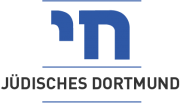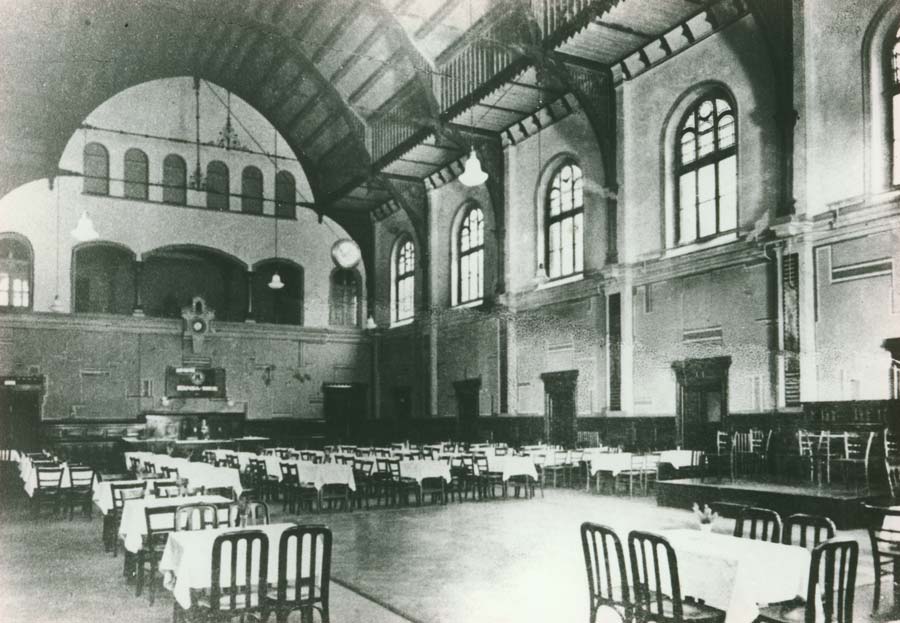The hostelry “Zur Börse”, used as an assembly point for deportations
In the spring of 1885, the city cattle market with adjoining abattoir was opened on a site on Steinstrasse, opposite what is now the Steinwache museum. There was also a hostelry nearby by the name of “Zur Börse”, which catered for the large numbers of workers, cattle dealers and buyers coming to the market. This establishment also had a large event room, which was regularly used as a venue for concerts, dances and exhibitions. The Jewish community itself hired the event room for the celebrations marking the Jewish New Year of 1893 as the synagogue on Wüstenhof had insufficient space.
From 1942 onwards, the Nazis also used the event room, located in the immediate vicinity of the central railway station, as an assembly point for deportations. The nearby open spaces and sheds of the cattle market additionally served as part of the camp where, in January 1942, 332 Jews from Dortmund were held for four days in degrading conditions and exposed to the violence of the SA, before being deported from there to Riga. A further transport with 324 local people left Dortmund in July 1942, bound for the Theresienstadt ghetto. And the “Börse” also served as one of the two assembly points for the deportation to Auschwitz-on 2 March 1943.
The site of the former cattle market roadway is now the location of the City Music School, where a memorial plaque today bears witness to the deportations.


